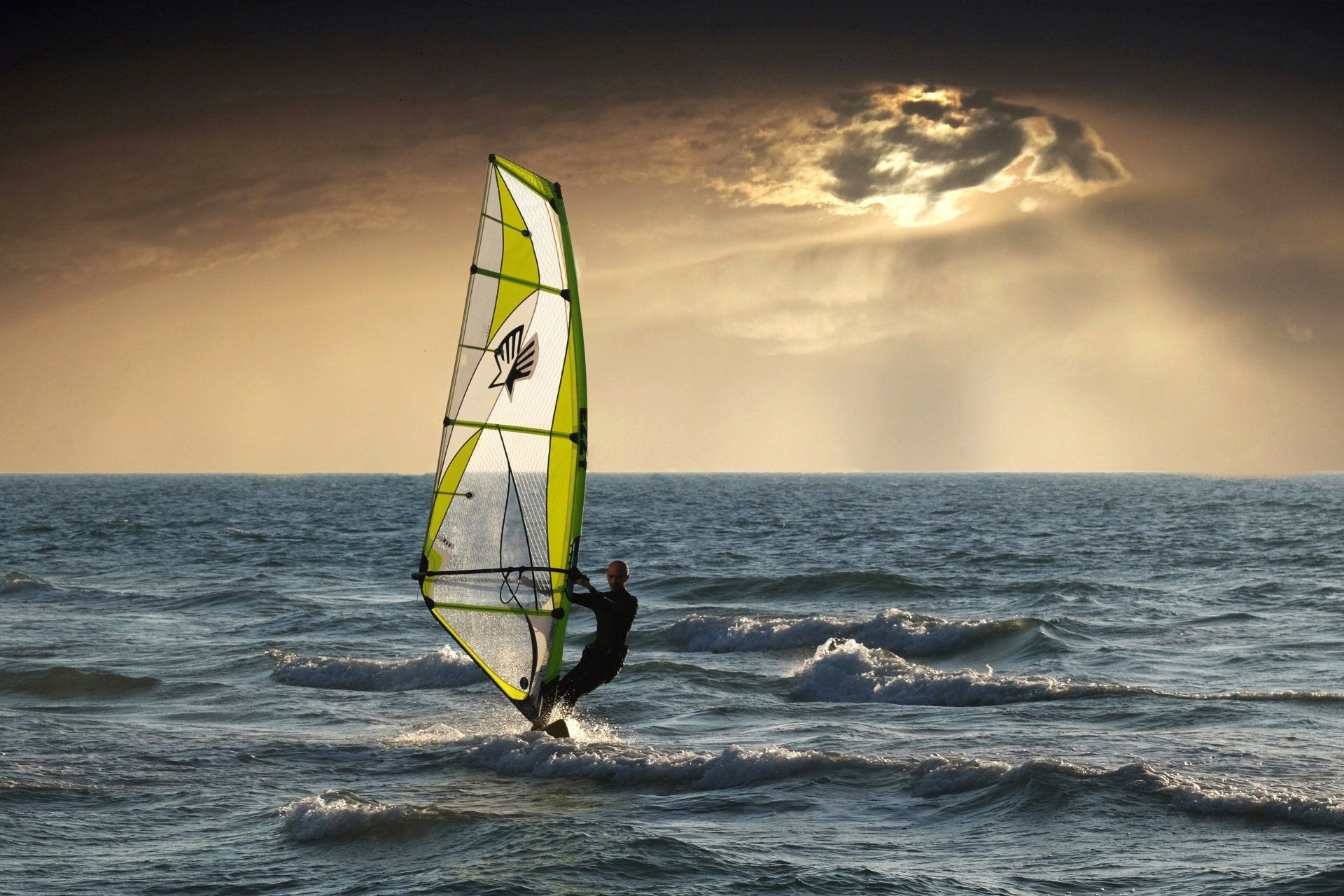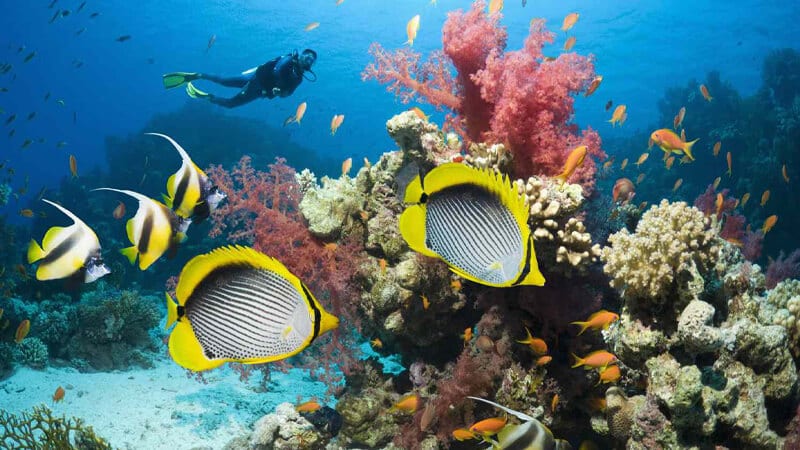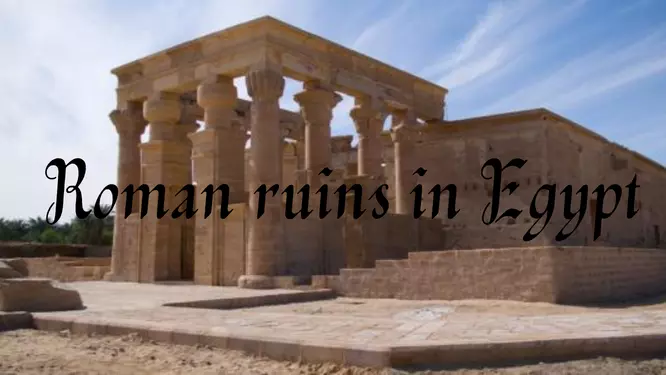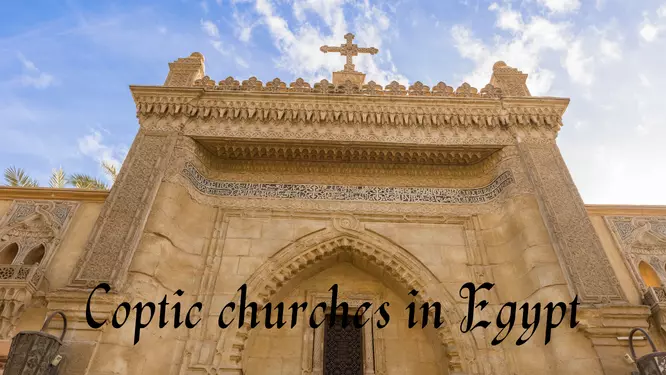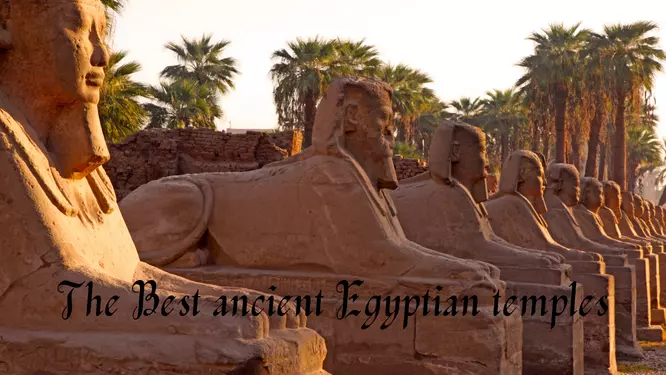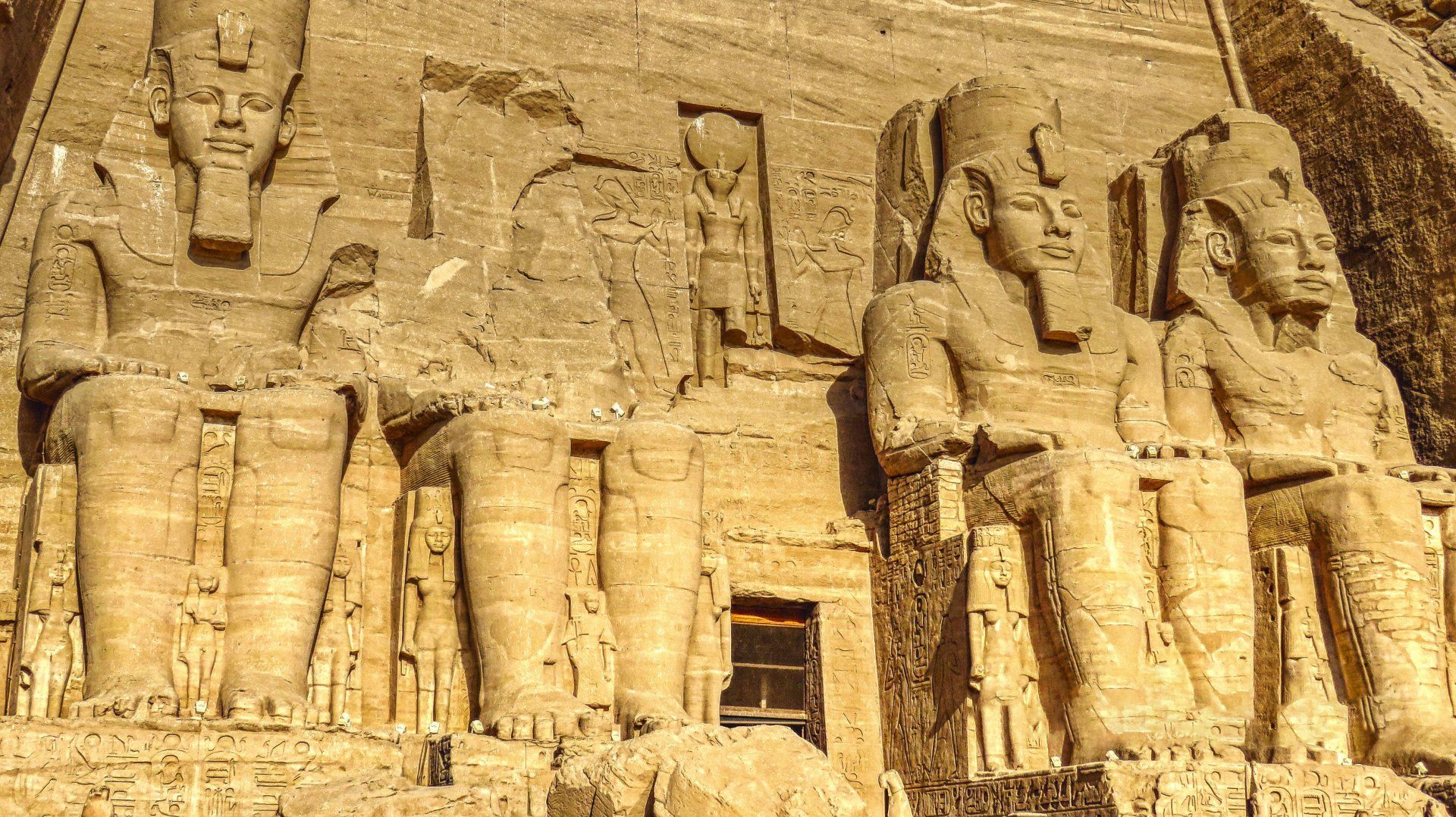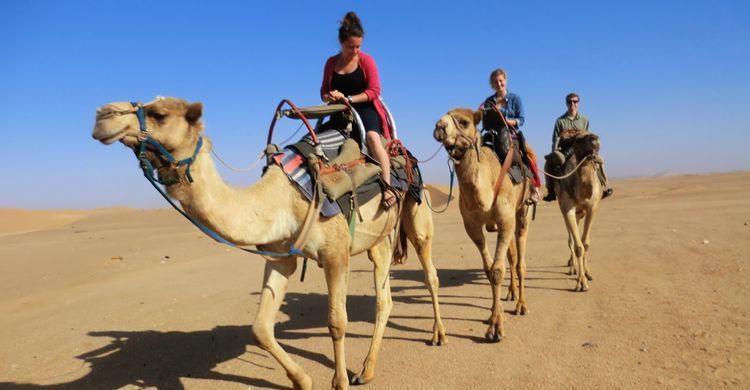Oases of Egypt
It is known that the State of Egypt is rich in oases. The seven oases of Egypt are distributed on the east and west of the Nile River Valley; Where four of them form a ring through which a road passes from Cairo and ends in Luxor, and the rest is isolated to the west and formed around a lake near the Nile Valley. These oases have a long and rich history dating back to ancient times.
The oases of Egypt are located in the western and eastern deserts, and they have been inhabited by Bedouin tribes for years. In the Egyptian desert there are different oases, each with different living conditions and customs.
List of oases of Egypt
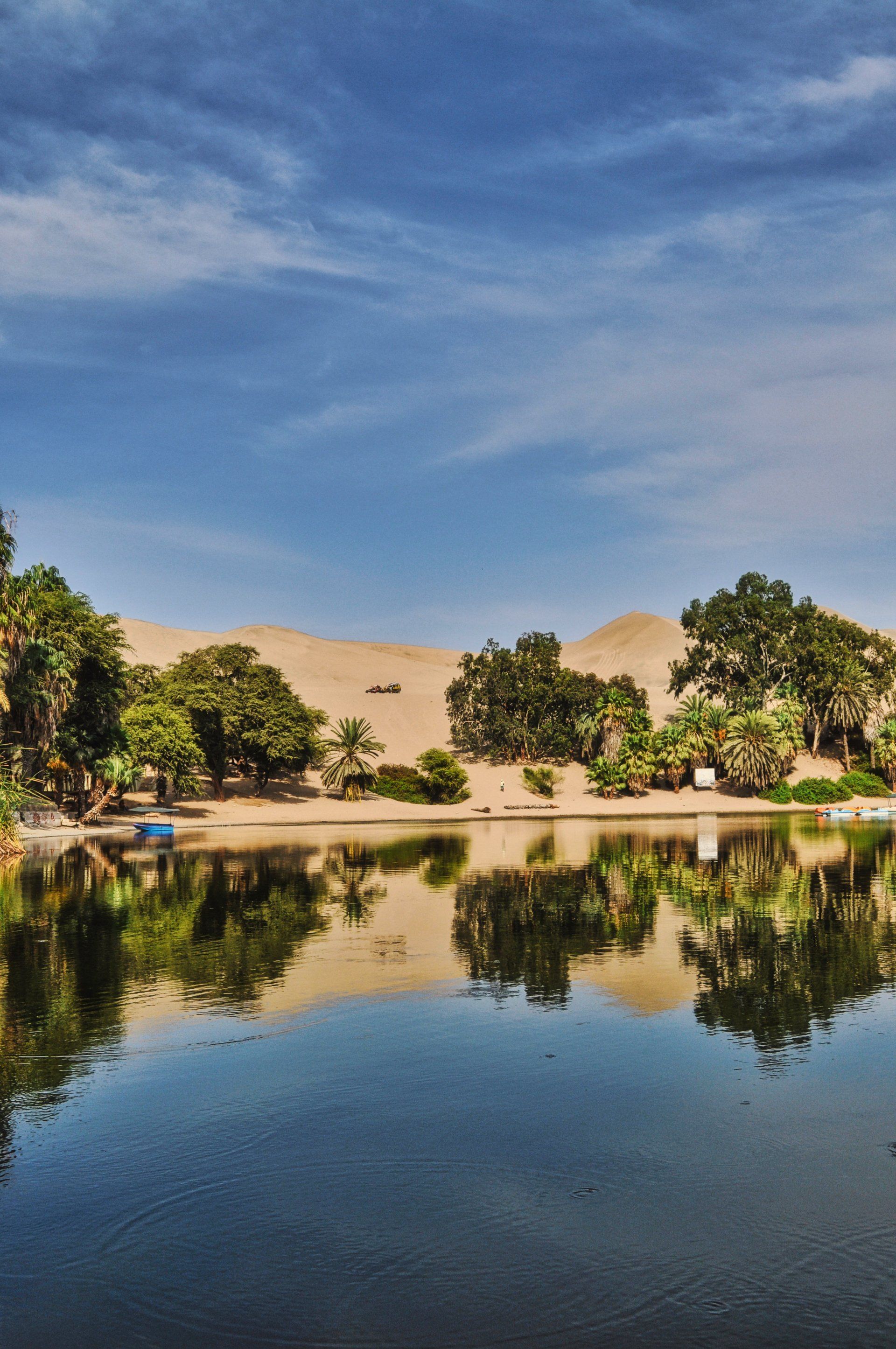
Bahariya Oasis
The Bahariya Oasis covers an area of 2,000 square kilometers. It was used along the old donkey trade route from Cairo.
The Bahariya Oasis was famous for the following characteristics:
- The Golden Mummy Tourist Area is located in it.
- It is located in the Black Desert region.
- It is surrounded by several sand dunes.
- Surrounded by hot springs and good walking routes.
- There are historical monuments dating back to the Middle Kingdom.
- It contains two interesting museums in Bawiti.
Farafra Oasis
Farafra Oasis is characterized by its small area, as it is one of the smallest oases in the Western Desert located near Libya. and rice.
Kharga Oasis
This oasis is also known as the external oasis, and it is characterized as the largest oasis in the Western Desert and the farthest distance from Cairo. It is located near Luxor and was known as the Theban Oasis in ancient Egypt. It is surrounded by mountains and sand dunes and contains many interesting things to discover, such as dinosaur fossils.
Dakhla Oasis
The Dakhla Oasis is located between the Farafra and Kharga oases. This oasis has more than 500 sources of water that feed from the surrounding area. It has purple cliffs and beautiful green gardens. Anthropologists believe that it contained a huge lake from which many animals such as elephants and bison drank thousands of years ago.
Siwa Oasis
Siwa is a largely isolated oasis in Egypt, located near the Libyan border and more than 550 kilometers from Cairo, and can be reached via the Marsa Matrouh road. Siwa is also characterized by being surrounded by limestone cliffs and the great sand sea in the south, in addition to containing many salty lakes that dry up during the hottest time of the year after they were filled with water at another time of the year. Siwa has charming old buildings made of lake mud and produces abundantly the crops of dates and olives. Siwa has also become known for its drinking water; There are many mineral water companies that produce and ship water from this oasis.
Fayoum Oasis
The Faiyum Oasis is a desert basin located 130 km southwest of Cairo, and most of the water supplies reach it from the Nile River, in addition to the oasis’s dependence on water obtained from springs and irrigation canals. As for the animals that graze there, Fayoum is famous for its excellent breed of sheep.
oasis continent
Qara Oasis is actually a small oasis, located 75 miles east of Siwa on the southwestern edge of the Qattara Depression, and there is not much that distinguishes this oasis except that it is a fortified city, home to about 300 Berber tribes, isolated from the rest of Egypt where the phones are It does not work, and its people rely heavily on olive and date production as a main source of income, and they live in harsh conditions there. Despite that, its people are distinguished by the generosity and hospitality that characterize all Bedouin tribes, and Qara Oasis contains Qarn al-Laban mountain; It is a white mountain that has beautiful views.
ocher oasis
The Moghara Oasis is a small uninhabited oasis, located on the northeastern edge of the Qattara Depression, bordered by a saltwater lake. This oasis shares large quantities of olives and dates with Siwa and Qara oases. Because of its small size and lack of human life, it is sometimes not included in the list of the seven oases of Egypt.
